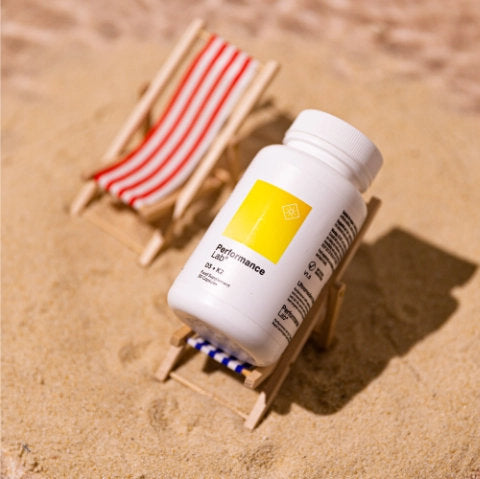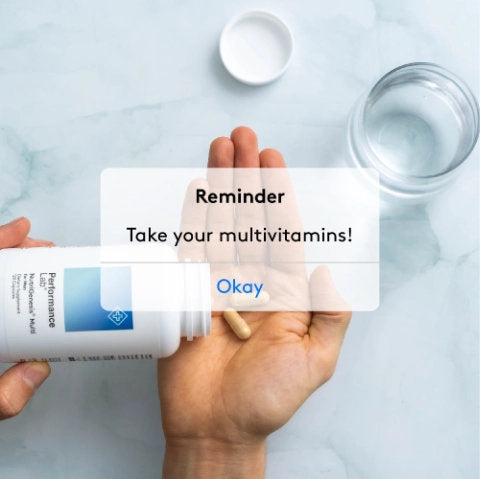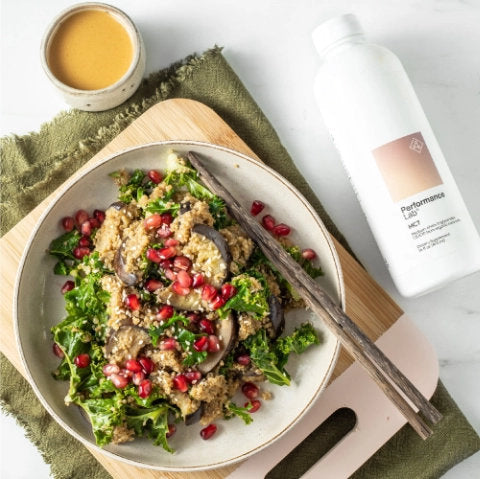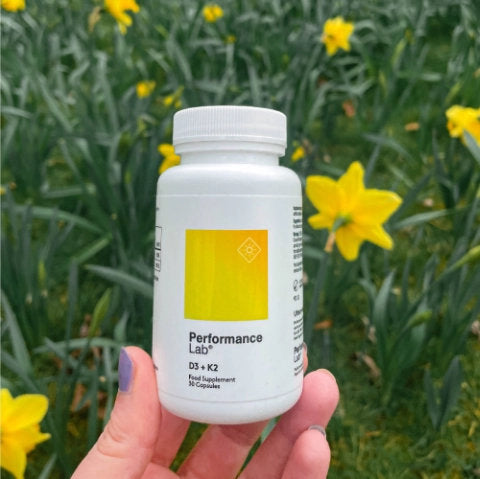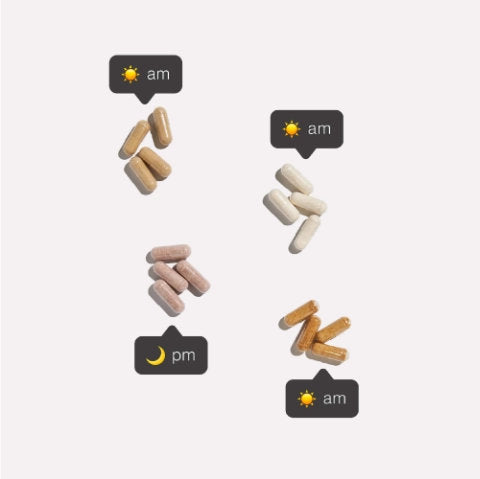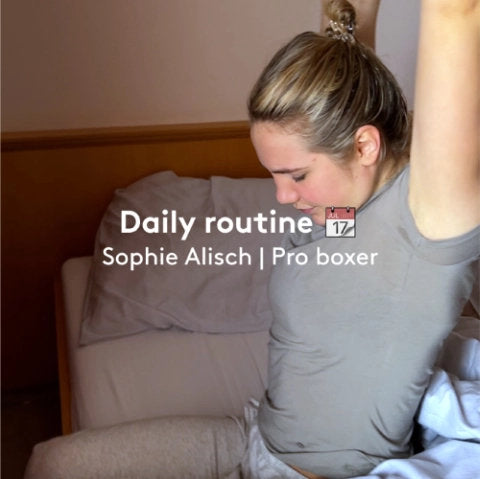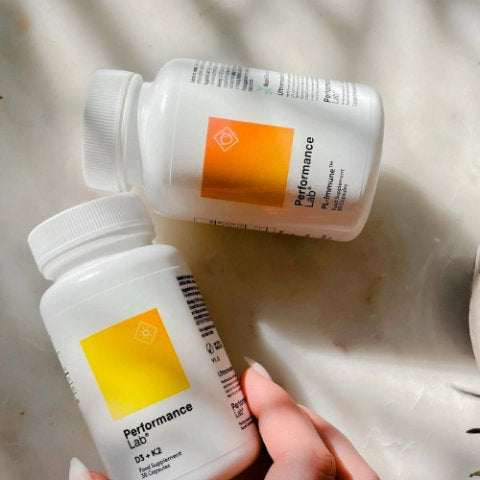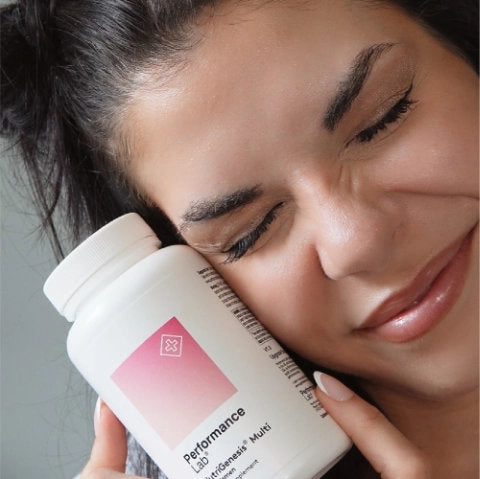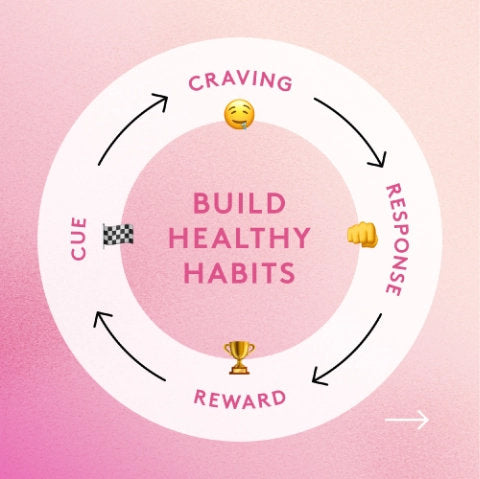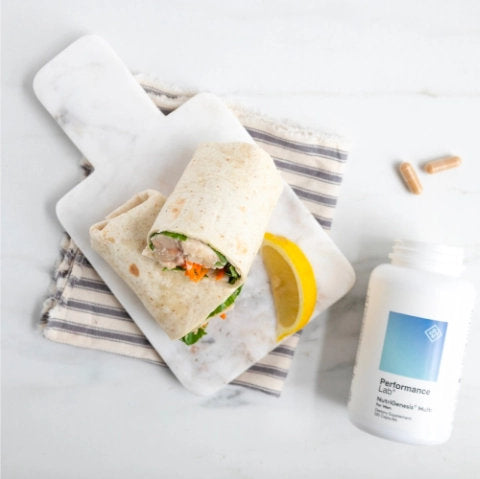Pre-workouts are undoubtedly one of the most popular ergogenic aids on the market aimed at complete novices and the highest performing athletes.
Whether you’re just getting back into the gym or looking for a new pre-workout supplement to take your training program to a new level, there’s no shortage of options available. And when you find a good one that’s reputable and does what it claims, it can be magic.
But the reality of supplements is that there are some good ones out there, but there are many pre-workout supplements that are garbage.
So, before you hit the store to stock up, you’ll want to read this article. We’re giving you a rundown of the top 7 pre-workout nasties that you should avoid in all pre-workout supplements—no matter your goal.
Why Use A Pre-Workout?

Taking a pre-workout supplement can be a total revelation for any training program. If you’re struggling with focus, strength, fatigue, or just motivation, investing in a good pre-workout may be something to consider.
But for most people looking for pre-workout supplements, they’re chasing a few things:
- Better muscle stimulation
- Better activation
- Improved blood flow
- Bigger pump
All of these equate directly to more gains.
However, with that said, the type of pre-workout you get will be dictated by what you’re trying to achieve. If it’s better blood flow, go for nitric oxide boosters; if it’s less fatigue, opt for more beta-alanine; or if it’s stronger focus and more alertness, bump up the caffeine.
Regardless of your goal, whatever pre-workout you invest in should always be free from these seven ingredients.
7 Pre-Workout Ingredients To Avoid
1. High Dose Caffeine

Caffeine is a staple in most pre-workout supplements, and it offers some great benefits—better endurance, muscle glycogen preservation, delayed fatigue, increased focus, and more, but too much of it might not be such a good thing 1.
As a powerful central nervous system stimulant, high dose caffeine is actually doing the total opposite of what you want—it’s boosting your gains at the expense of your health.
Some brands keep it sensible with moderate amounts of caffeine, while others engage in an arm’s race about who can add the most caffeine, which can lead to potentially dangerous levels, not to mention blood pressure and heart rate that’s through the roof.
For people who are used to a few cups a day, 300 or 400 mg of caffeine (the upper limit recommended for adults) may not seem like a problem, but when you throw a high-caffeine pre-workout supplement in on top of that, you’re treading into dangerous territory.
Excessive amounts of caffeine are known to cause the following side effects 2-4:
- Nervousness
- Jitters
- Anxiety
- Stress
- Insomnia
- Muscle breakdown
- High blood pressure
If it’s more than 200 mg per serving, scrap it and opt for a lower, more controlled dose.
Related Post: Caffeine Before Workout: Ideal Dosage and 5 Tips To Power Through Your Session
2. Artificial Colors or Flavors

Ever noticed that your pre turns lime green when you add water? It may seem fitting for the flavor, but it’s anything but natural (or normal).
Food dyes aren’t new, but the ones we use now are actually produced from petroleum and can be really harmful to health.
One of the biggest concerns around artificial colors is their carcinogenic effect. Studies find that Red no. 3 triggers cancer in animals; Red no. 40, Yellow no. 5, and Yellow no. 6 have all been found to be contaminated with benzidine or other carcinogens that result in unpleasant side effects, while Blue no. 1, Red no. 40, Yellow no. 5, and Yellow no. 6 are known to cause hypersensitivity reactions 5.
Some of the most common food dyes you’ll see are:
- Red No. 40 (Allura Red)
- Yellow No. 5 (Tartrazine)
- Yellow No. 6 (Sunset Yellow)
- Blue No. 1 (Brilliant Blue)
If you see any of these on the label, don’t even bother.
3. Proprietary Blends
A proprietary blend is a specific blend of ingredients used to achieve a particular effect. For most pre-workout supplements, you’re looking at animalistic energy and an explosive pump, and while that’s all good and beneficial for training, the problem is that you’re unaware of how much you’re actually consuming.
Manufacturers love to use a ‘proprietary blend’ to disguise what’s actually in their formulas, and it’s one of the biggest gimmicks around. You can see what the blend is composed of, but the dosage of each ingredient is lumped into one, so their secret remains safe.
Because that blend is specific to the manufacturer’s product, they’re not required to inform you of how much is actually in there, so you may think you’re getting a lot more than you are, or vice versa.
Another problem comes with interactions. For some people, reactions can happen to specific ingredients in pre-workout supplements, but when you’re taking a blend without dosages, it’s difficult to determine what the actual culprit is because you’re not getting an accurate representation of each individual ingredient.
However, what may be reassuring is that the FDA regulates that all blends must be labeled with total weight, and underneath this, the ingredients must be listed in descending order of predominance by weight 6.
What tends to happen is companies will dilute the more expensive ingredients with fillers, and while these fillers aren’t necessarily harmful, they offer no advantage, and you get less of what you actually want.
It’s a tricky situation because not all proprietary blends are bad, but the efficacy of a supplement is only as good as the ingredients it contains. Too little, and it’s not actually doing its job, making it an ineffective formula.
But in general, if a company isn’t willing to be transparent about its ingredients and dosages, it’s probably best to avoid it.
4. Artificial Sweeteners

Artificial sweeteners are everywhere you look—not just in fitness supplements. But sucralose is one of the most common sweeteners added to powdered nutritional products to improve the taste.
Take BCAAs, for example. They taste awful, but when you add some artificial flavors and an artificial sweetener, suddenly it tastes like sour blue raspberry.
One of the biggest side effects and concerns with artificial sweeteners is their effect on insulin and glucose regulation 7.
When the body tastes sweet, it releases insulin to shuttle glucose into cells. However, when there is no glucose to move (no glucose in an artificial sweetener), insulin remains in the blood, leading to high insulin levels and a drastically increased risk of insulin resistance.
Studies consistently find that people who consume artificial sweeteners like sucralose have higher circulating insulin levels 8.
Not to mention they also wreak havoc on your gut bacteria 9. Compromised insulin function combined with dysbiosis is breeding grounds for chronic disease.
Related Post: Best Pre Workout Without Artificial Sweeteners: Our Top Pick for 2025
5. Under-Dosed Ingredients
When it comes to formulating a pre-workout, there are certain ingredients you want more of.
Nitric oxide boosters help dilate blood vessels and increase blood flow; caffeine helps boost focus and alertness and fuel prolonged performance; beta-alanine fights fatigue by breaking down lactic acid; and so many other ingredients that all play an essential role in making a formula work.
The research behind the effective ingredient dosages for pre-workout supplements is widely available on the internet with a quick search.
For example, you’ll find companies using 500 mg of an ingredient where the actual effective dose is three times that, so what you’re getting isn’t nearly as effective as it could be.
It’s providing an injustice for consumers paying a premium price for a product that doesn’t meet the demands. If the pre-workout you’re looking at has several ingredients with a tiny serving size, chances are the ingredients are under-dosed and aren’t going to be effective.
For a fraction of the price, you could likely take a few caffeine pills and achieve much the same effect.
6. Non-Science Backed Formulas
The reality is that when you’re looking for any sort of nutritional supplement, you want it to work. And the last thing you’re looking for is a scoop full of dodgy ingredients that claim to do one thing and don’t.
With loads of information online and clinical studies financed by big-box corporations, the most well-known supplement brands can “pick and choose”, misrepresent, and exaggerate research for specific ingredients to provide a better standing and greater efficacy for their product.
It happens more than you think, so having legitimate scientific research to support the ingredients is key to making sure the pre-workout formula you choose is both safe and effective.
That’s where scientific backing and third-party research come into the picture. They help to provide objective proof of nutritional purity, potency, and cleanliness, so you can be sure that what’s in the bottle exactly matches what’s on the label.
And with the rise in banned substances, you also want to ensure your formula doesn’t contain any of that. With extensive quality control processes, you can ensure that you’re getting ingredients that support full-body performance.
7. Fillers And Unnecessary Pre-Workout Ingredients
Supplement companies love to add unnecessary ingredients and fillers to their products to bump up the portion without bumping up the cost. They want you to think you’re getting the most bang for your buck, when all you’re getting is a bunch of additives with no purpose.
Maltodextrin is one of the most common additives in nutritional supplements used to enhance flavor, thickness, and shelf life, but also bulk up the serving size.
Basically, it’s a cheap carbohydrate that spikes blood sugar, disrupts gut bacteria, promotes inflammation, contributes to weight gain, causes gastrointestinal issues, and has zero nutritional value 10, 11.
But it’s even things like adding in a mega-dose of caffeine to give that extra wow factor. It’s pointless. They’re cheap and unnecessary tactics that give consumers a false appearance of the product, when in reality, it’s just cheap and ineffective ingredients.
Related Post: Clean Label: What You Need to Know
Final Thoughts
For some people, these practices may be perfectly acceptable, but for people who demand more from the companies they give business to or for people who want to know exactly what’s going in their body, knowing what ingredients are in their products is key.
Aside from the aforementioned things to avoid in pre-workout supplements, what you do want to look for is key pre-workout ingredients and their clinically effective dosages.
With Pre Lab Pro, you’re getting the most effective and scientifically proven ingredients that stray from the typical standards set by the big supplement companies to provide the most cutting-edge pre-workout formulas on the market.

You’re getting cleaner and more effective ingredients in precision dosages for:
- Enhanced power, strength, stamina, and endurance
- Improved energy levels, focus, and intensity
- Maximum muscle building
- Smarter full-body stimulation
- Reduced stress
- Faster muscle recovery
- N Martinez, B Campbell, M Franek, L Buchanan, R Colquhoun. The effect of acute pre-workout supplementation on power and strength performance. J Int Soc Sports Nutr. 2016;13:29.
- JD Lane, RA Adcock, RB Williams, CM Kuhn. Caffeine effects on cardiovascular and neuroendocrine responses to acute psychosocial stress and their relationship to level of habitual caffeine consumption. Psychosom Med. 1990;52(3):320-336.
- C Drake, T Roehrs, J Shambroom, T Roth. Caffeine effects on sleep taken 0, 3, or 6 hours before going to bed. J Clin Sleep Med. 2013;9(11):1195-1200.
- BH Sung, WR Lovallo, GA Pincomb, MF Wilson. Effects of caffeine on blood pressure response during exercise in normotensive healthy young men. Am J Cardiol. 1990;65(13):909-913.
- S Kobylewski, MF Jacobson. Toxicology of food dyes. Int J Occup Environ Health. 2012;18(3):220-246.
- https://www.fda.gov/food/dietary-supplements-guidance-documents-regulatory-information/dietary-supplement-labeling-guide-chapter-iv-nutrition-labeling#4-34
- MY Pepino, C Bourne. Non-nutritive sweeteners, energy balance, and glucose homeostasis. Curr Opin Clin Nutr Metab Care. 2011;14(4):391-395.
- K Mathur, RK Agrawal, S Nagpure, D Deshpande. Effect of artificial sweeteners on insulin resistance among type-2 diabetes mellitus patients. J Family Med Prim Care. 2020;9(1):69-71.
- J Suez, T Korem, D Zeevi, et al. Artificial sweeteners induce glucose intolerance by altering the gut microbiota. Nature. 2014;514(7521):181-186.
- AE Arnold, B Chassaing. Maltodextrin, Modern Stressor of the Intestinal Environment. Cell Mol Gastroenterol Hepatol. 2019;7(2):475-476.
- Y Kishimoto, S Kanahori, K Sakano, S Ebihara. The maximum single dose of resistant maltodextrin that does not cause diarrhea in humans. J Nutr Sci Vitaminol (Tokyo). 2013;59(4):352-357.




